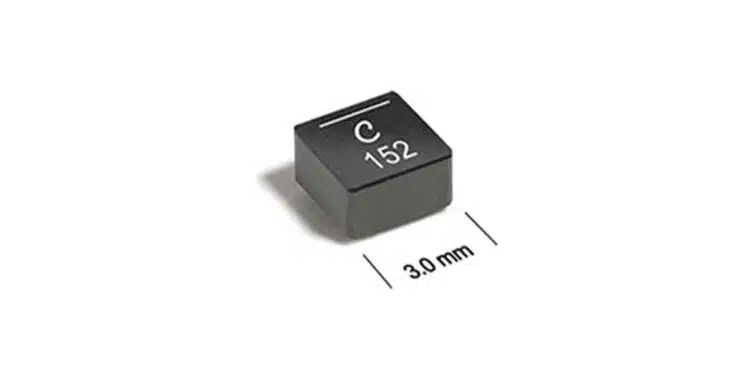The ultra-low profile, compact 3×3 mm Coilcraft XGL3020 power inductor series offers the lowest DC losses and extremely low AC losses, positioning them as ideal solutions for a broad spectrum of DC-DC converters.
These components are particularly beneficial for applications where space is at a premium and efficient power management is a high priority. Their versatile design supports various non-isolated converter topologies, point-of-load (POL) applications, IoT devices, and numerous other high-demand environments.
These inductors are engineered with an industry-leading 80 V voltage rating, which broadens their applicability to wide Vin DC-DC converters and other demanding applications. Their AEC-Q200 qualification further enhances their credibility, ensuring they are reliable and robust enough to perform in automotive and other challenging environments.
Among their standout features are the industry’s lowest direct current resistance (DCR) and exceptionally low alternating current (AC) losses. This results in superior efficiency and performance, making them a top choice for power-sensitive applications. The soft saturation characteristics ensure superior current handling capabilities, allowing for consistent performance across a wide range of currents.
The XGL3020 Series covers a substantial inductance range from 0.10 to 4.5 µH, offering flexibility to meet various design requirements. Constructed from composite materials, these inductors effectively minimize core and winding losses. Environmentally, these components are RoHS compliant and free of halogens, aligning with global environmental safety standards. They feature tin-silver (96.5/3.5) over copper terminations, with alternative terminations available upon request at additional cost.
The components are lightweight, weighing only 0.10 grams, and operate within a wide voltage range of 0 to 80 volts. They are capable of functioning in ambient temperatures ranging from -40°C to +125°C, with a permissible rise of up to 40°C with Irms current. The maximum part temperature can reach up to +165°C, including ambient temperature and temperature rise, with appropriate derating considerations. Storage temperatures can vary between -55°C to +165°C for the components themselves, and -55°C to +80°C for tape and reel packaging.
In terms of durability, the XGL3020 Series is designed to withstand high soldering heat, enduring up to three 40-second reflows at +260°C, with cooling to room temperature between cycles. This resilience ensures their continued performance and reliability, even under frequent high-temperature soldering conditions, making them an excellent choice for various industrial and commercial applications.
Features
- Industry’s lowest DCR and ultra low AC losses
- AEC-Q200 qualified
- Superior current handling with soft saturation characteristics
- Wide inductance range from 0.10 to 4.5 µH
Core material Composite
Core and winding loss See www.coilcraft.com/coreloss
Environmental RoHS compliant, halogen free
Terminations RoHS compliant tin-silver (96.5/3.5) over copper. Other terminations available at additional cost.
Weight: 0.10 g
Operating voltage: 0 – 80 V
Ambient temperature –40°C to +125°C with (40°C rise) Irms current.
Maximum part temperature +165°C (ambient + temp rise). Derating. Storage temperature Component: –55°C to +165°C. Tape and reel packaging: –55°C to +80°C
Resistance to soldering heat Max three 40 second reflows at +260°C, parts cooled to room temperature between cycles
Moisture Sensitivity Level (MSL) 1 (unlimited floor life at <30°C / 85% relative humidity)
Packaging 1000/7″ reel; 3500/13″ reel Plastic tape: 12 mm wide, 0.25 mm thick, 8 mm pocket spacing, 2.2 mm pocket depth
PCB washing Tested to MIL-STD-202 Method 215 plus an additional aqueous wash. See Doc787_PCB_Washing.pdf.































